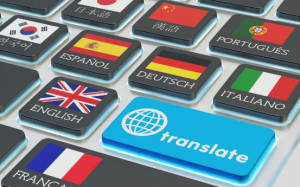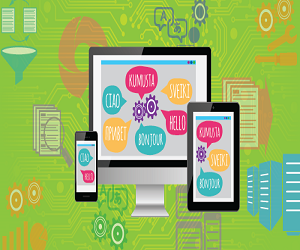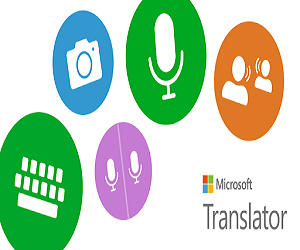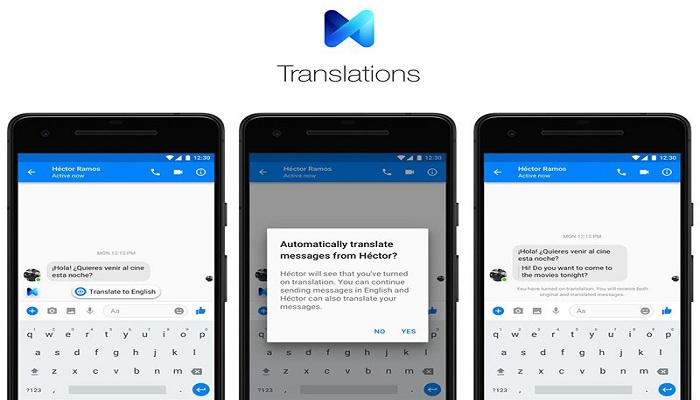Companies in different countries have different cultural ethics and work language. This dramatically gives rise to the need for a language transition service. It is indeed a challenge to create a smooth transition from one language to another.
There were days when human translators were the foremost and only choice. Linguists and Multilingual were a critical lynchpin for success. However, it also carried a great chance of inefficiency with translation errors.

The First Wave Of Machine Translation
When it comes to AI translations, Google Translate has taken the first position. It has been the leader of translation technology since its launch.
It works with more than 100 languages and is used by over half a billion people on a daily basis. The process used by Google Translate was a form of machine learning until recently.
For those who are clueless about machine learning, it is a branch of artificial intelligence that uses a huge amount of data for understanding and creating the language translation.
But it has a downside.
The results of Google translate are too literal. It was essentially using the dictionary to determine the choice of words.
This software won’t address the context and cultural differences. Therefore, the need and dependency on human translator still existed.
Neural Machine Translation
The new machine translation technology called neural machine translation took the language translation miles forward. The Neural component of the technology is named because it works just like a human mind.
To be more accurate, it mimics the human brain!
This technology can do translation like none has ever done before. It does what Google translate couldn’t. Looking forward to 20 years from now, I see the need for a human translator being reduced. From Gisting To Fluency
Gisting and fluency- both are vital elements of translation. Previous technologies were only gist-oriented. And so, they required a greater amount of human support to take a usable shape.
Neural machine technology goes beyond gisting and fluency. For correct interpretation and delivering fluent translation, it needs the very efficient set of the algorithm.
Every second terabyte of data runs around the globe. And a lot of information is needed to be translated into two or more languages. This makes automated translation very critical.
Breaking The Language Barrier
Language barriers are one of the major constraining factors of global commerce. The change of tone and language with each country makes the need for fluent translation a necessity.
Neural machine translation can solve this problem. It breaks the language translation barrier and makes the flow of communication smooth and easy.
Machine learning has made quite a lot of progress but the language code is yet to be cracked. When it comes to obscure dialects, idioms or creative writing, it still faces certain problems.
But in the international market that works on defined jargons, it stands next to none. It is sure to evolve with much more functionality and algorithm for translating with better accuracy.







